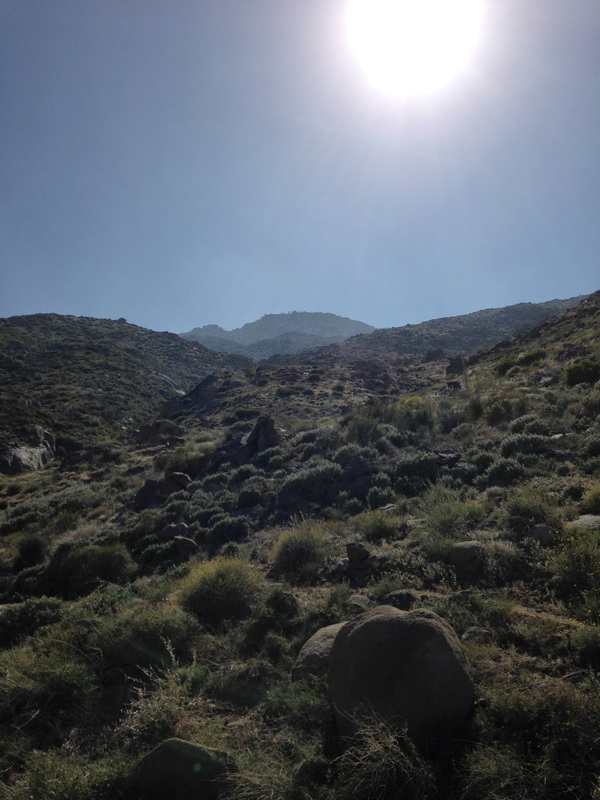New Forest at Cornish College of the Arts
From February 23rd through March 9th I was fortunate enough to have a two-week residency at Cornish College of the Arts as part of the Artist Incubator program. During my time there I experimented with a couple different iterations of a listening based interaction and installation called New Forest. For this piece I gather natural objects from around wherever it is being held, and create a series of ink drawings of the objects to pair with them to create the installation, in this case with very minimal light. Members of the public were then invited in two at a time to listen to field recordings I made on the trail. I told stories contextualizing each one, and offered tea to people as well. I also presented an iteration that was more performative and for a large group - people came and sat in the installation and I played a sort of collage of field recordings that lasted around a half an hour. I’ll be presenting this second more open public format at The Chapel on April 23rd, and I hope to present the more intimate tea, storytelling and listening sessions around the country in the future.
Besides the album of music from the PCT, these installations and performative based works, I also wrote three more concert oriented works at the end of 2014 and the beginning of 2015. Leander Star commissioned a new work for french horn and field recording which he’ll play at the Northwest Horn Symposium on April 11th. This work, How to Stay Dry in Northern Oregon, involves a field recording of rain and thunder from Northern Oregon, a guided improvisation for the french horn, and someone playing a bird call. The performers will walk slowly behind the audience to perform the work.
This summer, LA-based bassist Scott Worthington will performing a new work I wrote for him called Choruses and Inquiries 50 Years After a Clearcut on the Warm Springs Indian Reservation. This work utilizes two field recordings I made on a hot, dry evening in August in Northern Oregon, a couple days south of Mt. Hood by trail. The forest I was camped in had been clearcut in the 1950s, so the trees and forest weren’t that old; off to the east at the right angle you could glimpse the desert of eastern Oregon. That night I was visited first by numerous flies, bees and hornets hoping to glean moisture from my sweat soaked items, then as dark fell katydids and crickets created a roaring chorus late into the night. Interestingly, though these sounds were very loud to me, I recently discovered that the insects were chorusing at such high frequencies that most people over 50 cannot hear them due to hearing loss associated with age and environment! So, people’s experiences of this work will be radically different from one another. Look forward to hearing Scott play this at The Chapel here in Seattle on August 19th - and keep your eyes peeled for additional performances!
Lastly, on April 17th here in Seattle pianist Andy Lee will be presenting another work of mine about my experience in the desert for piano and field recording. This 30 minute work for piano and field recording is comprised of field recordings of power lines I encountered buzzing in the desert on my walk. As I saw them draped across the landscape I was taken not only by their sound, but also their ornamental nature carrying energy to Los Angeles, and the myriad intersections with nature as well. The piano work is very spare, semi-improvisatory, and connects the sounds together to create an atmosphere for contemplation.
I’m really excited to present a new work for tenor Jeremiah Cawley at the Omaha Under the Radar festival in July. This festival is only in its second year, but is already attracting some really fascinating projects from all over the country - we’re really excited to be a part of it. Desert Time will be for solo tenor with field recordings, percussion instruments (played by Yours Truly) and electronics, with additional installation aspects, projections, and animations I’ll be making. Collectively, it will be a non-narrative theatrical piece about my experience of the desert on the Pacific Crest Trail - the sensing of time changing over time based on the light and sensation on my skin, the sense of place I began to feel as I moved at an exclusively human pace over the dry landscape, the incredible people I met who helped me along the way, interactions with animals I had, and comparing these experiences to ancient concepts of time, travel and journey in indigenous cultures that once inhabited the landscape.
Although we’re really excited to take part in this festival, we are still searching for some financial support to help make Desert Time happen. Our overall budget to create the work, travel to Omaha and present it there is $3,500 dollars. We’ve been fortunate enough to receive some donations totally $1,300 so far, but we still need more to create the work and make this trip to Omaha happen. If you’re interested in supporting this project, Desert Time, you can make a tax-deductible donation through my non-profit umbrella, Fractured Atlas. Have a look!

 RSS Feed
RSS Feed